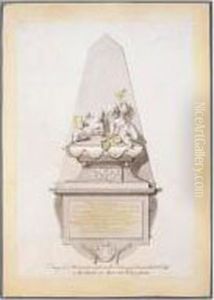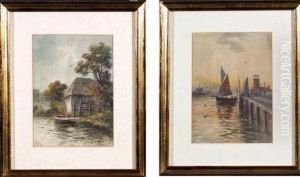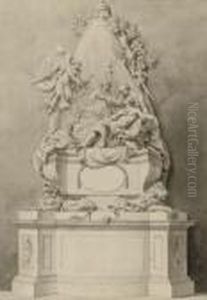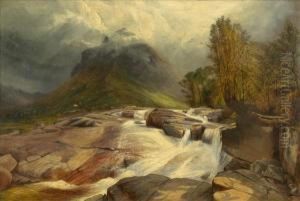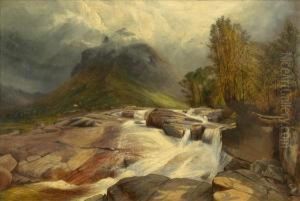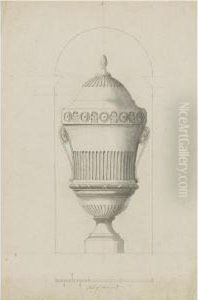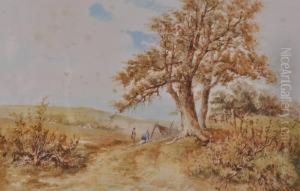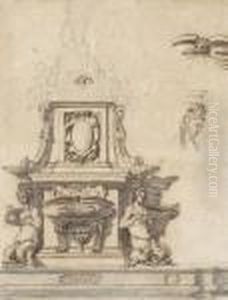Joseph Wilton Paintings
Joseph Wilton was an English sculptor and one of the founding members of the Royal Academy in 1768. He was born on July 16, 1722, in London, into a family with a strong artistic background; his father was a well-known ornamental plasterer. Wilton initially trained under Laurent Delvaux in Nivelles, in present-day Belgium, and then furthered his studies in Paris and Rome, where he was influenced by classical art and the works of the Italian masters.
Wilton's early career was marked by a significant achievement when he was commissioned to create a monument for General Wolfe in Westminster Abbey, following Wolfe's death in 1759 at the Battle of Quebec. This commission helped establish his reputation as a leading sculptor in England.
Throughout the 1760s and 1770s, Wilton received numerous commissions, including funerary monuments and portrait busts. He was also involved in decorative work for grand architectural projects, such as Somerset House in London. Wilton's style was characterized by its elegance and adherence to the neoclassical idiom, which garnered both critical acclaim and patronage from the British nobility.
In addition to his artistic contributions, Wilton served as Keeper of the Royal Academy from 1778 to 1790, a position that underlined his status within the British art world. His role at the Academy was pivotal in shaping the training of young artists and promoting neoclassical principles in British sculpture.
Joseph Wilton's career, however, faced challenges in his later years. His popularity waned, partly due to the rising fame of younger sculptors like John Flaxman, who were more in tune with the evolving tastes of the time. Despite this decline, Wilton's legacy as a sculptor and educator remained significant.
He died on November 25, 1803, in London. Today, Wilton's works can be found in various institutions, including the Victoria and Albert Museum, and they continue to be studied for their contribution to the development of neoclassical sculpture in Britain.
